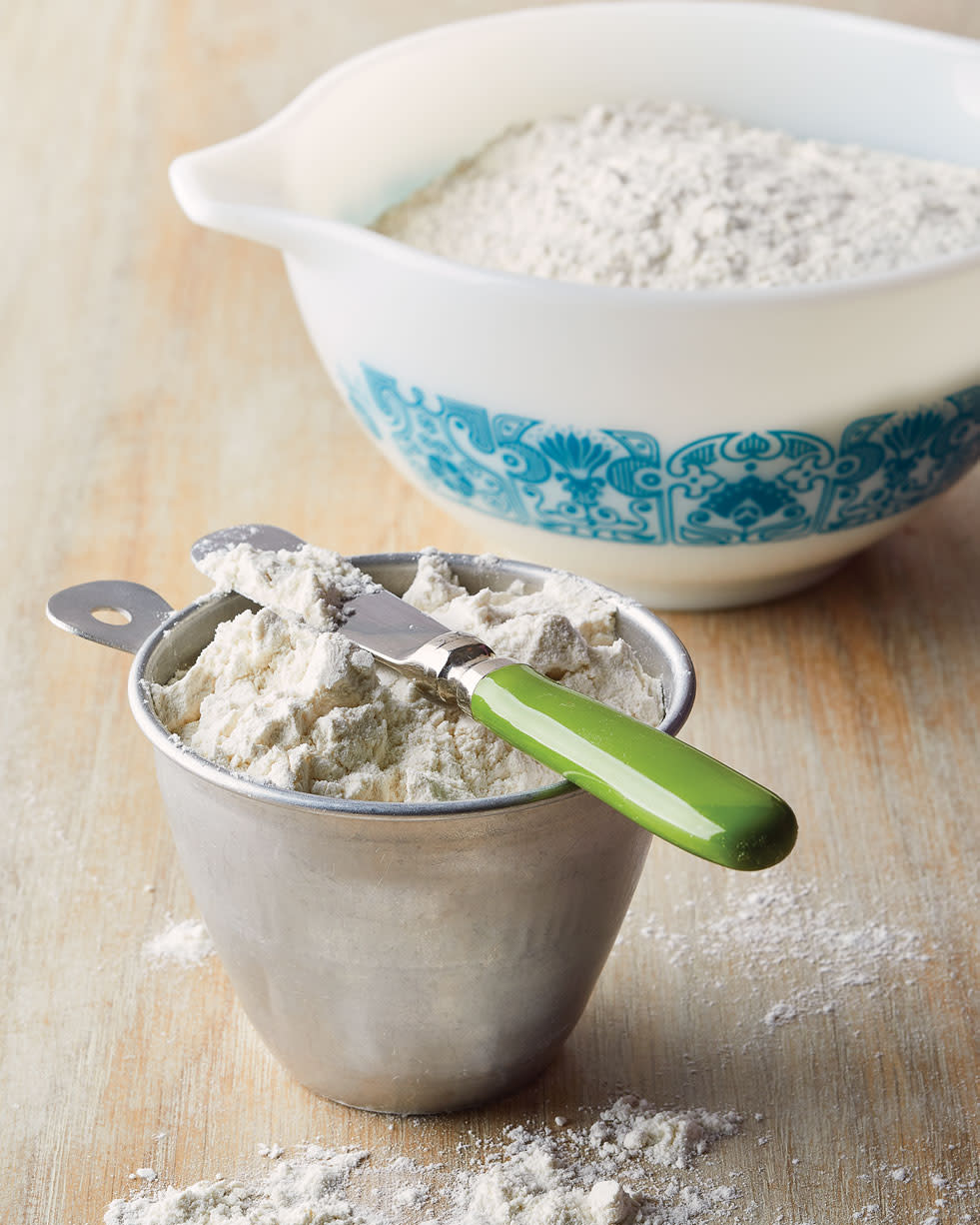Bleached vs Unbleached Flour
Why is flour bleached? Is bleached or unbleached better to use?

Technically, all flours are bleached. But the difference is in the process. When flour is milled, it appears yellowish. Over time, as it ages and is exposed to air, flour naturally whitens. This is what we know as unbleached flour. But this process can take a month or two, making it more expensive to produce. Bleached flour is treated with chemicals, like benzoyl peroxide, to expedite the process, resulting in a whiter and brighter flour, with a softer texture and finer grain. But have no fear — the chemicals convert to harmless salts. To thicken sauces or dredge chicken breasts and the like, it’s fine to use either one. Professional bakers will likely use unbleached, but just use what your recipe calls for as bleaching alters flours’ protein structure which can affect a recipe’s outcome.
Product Recommendations
Interested in cooking? Need some supplies?
Check out some of the tools we like. All products featured on Cuisine at Home are independently selected by our editors; we may earn an affiliate commission from qualifying purchases through our links.